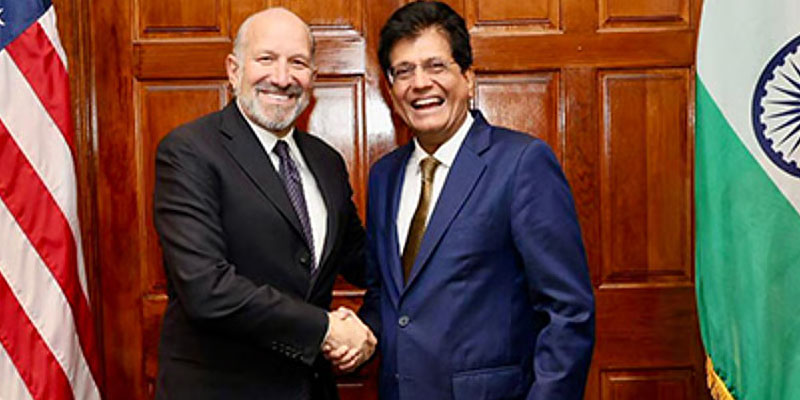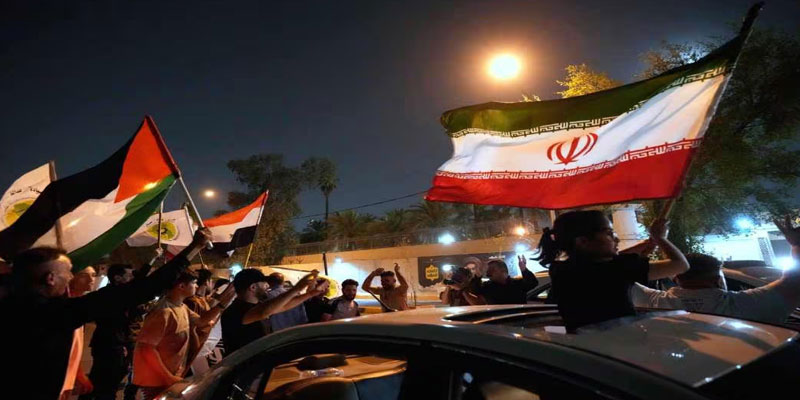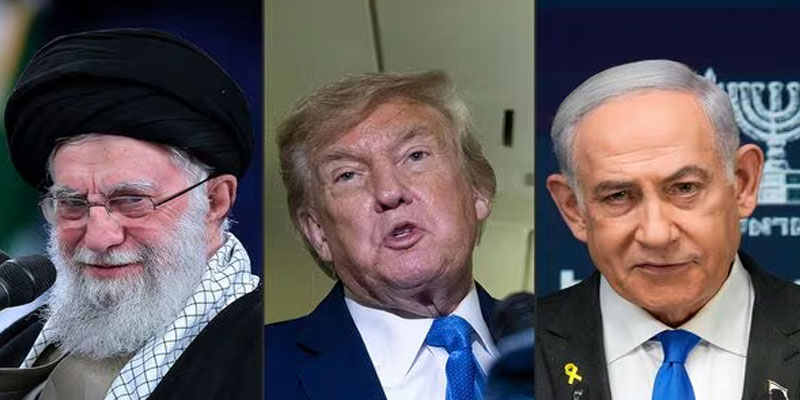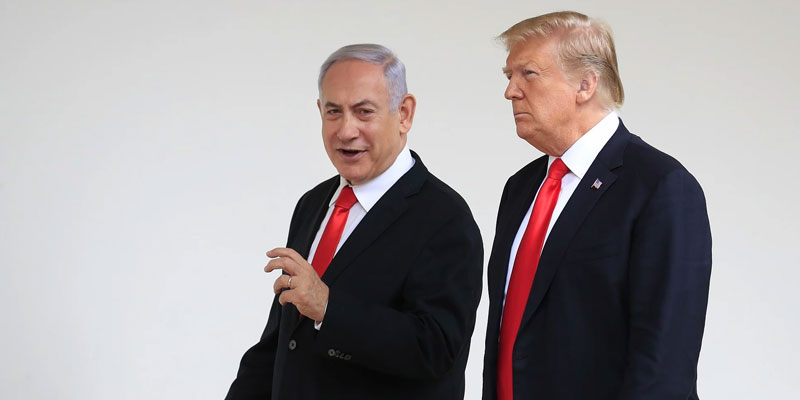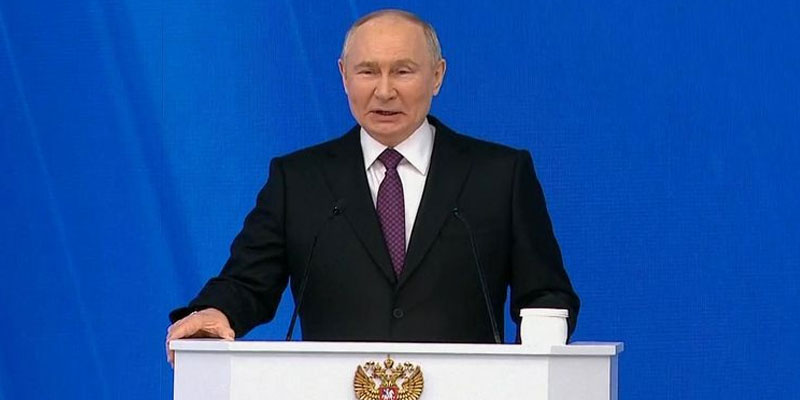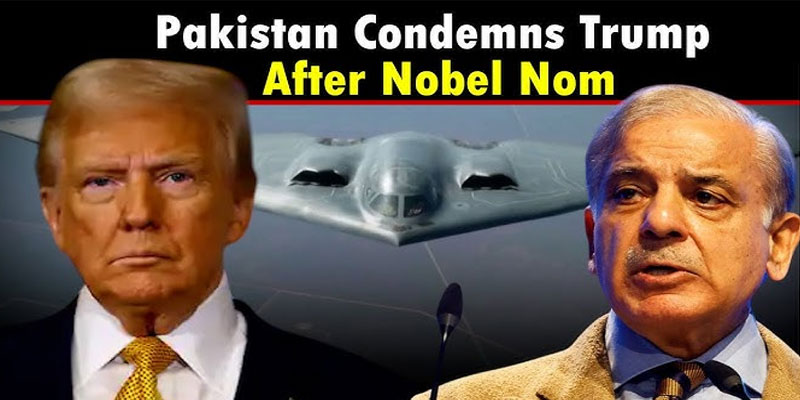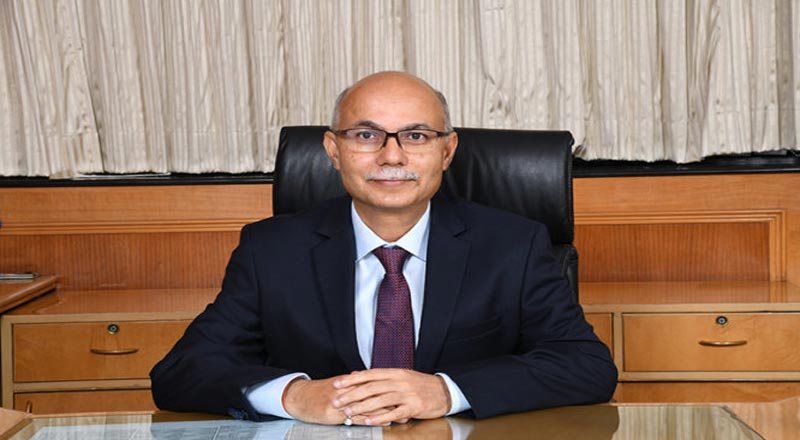A Promising Outlook for Bilateral Trade
US Commerce Secretary Howard Lutnick has affirmed that a trade agreement between India and the United States is likely to materialize in the “not too distant future.” Speaking at the US-India Strategic Partnership Forum’s Leadership Summit in Washington, Lutnick highlighted growing alignment between the two economies. He emphasized that the right negotiators are finally at the table and that “both countries have found a place that works for them.”
This optimistic projection comes amid an accelerating push by the Trump administration to secure trade pacts before the July 9 tariff deadline.
Understanding the Trade Deal
A trade deal is a mutually negotiated agreement between two or more countries that defines tariffs, import-export duties, and market access conditions. The purpose is to reduce trade barriers, ensure fair competition, and promote cross-border investments. In the case of the India-US deal, it aims to open up markets, lower tariffs, and facilitate smoother regulatory processes—benefiting sectors such as pharmaceuticals, technology, agriculture, and defense.
Tariff Tensions and the Trump Factor
The urgency behind the deal is largely driven by President Donald Trump’s 90-day tariff pause, which expires on July 9. Trump had imposed reciprocal tariffs on over 100 countries, citing unfair trade practices. For India, this resulted in a 26% tariff on exports, compared to India’s 52% tariffs on US goods.
Lutnick suggested that countries who finalize deals earlier will receive better terms. “Earlier countries get a better deal—that’s the way it is,” he said, indicating that India stands to gain by sealing the deal quickly. However, he also acknowledged the challenge, noting that “these kinds of deals used to take 2 or 3 years—we’re trying to get them done in a month.”
Despite the compressed timeline, Lutnick clarified that the US isn’t demanding sweeping reforms from India. Instead, Washington is seeking “reasonable access” to Indian markets, focusing on reciprocity rather than dominance.
India’s Position: Cautious Optimism
From India’s perspective, the outlook is equally positive, though officials remain measured and methodical. External Affairs Minister S. Jaishankar confirmed that talks are progressing but cautioned that “things are far from being final.” Commerce and Industry Minister Piyush Goyal, speaking from France, emphasized India’s commitment to mutual market access and reiterated that both countries are eager to offer preferential terms to each other’s businesses.
India is also pushing for full exemption from the 26% tariff on its exports, which remains a sticking point from the Trump-era policy.
A US delegation is currently in New Delhi working toward finalizing an interim agreement by the end of June, with the first phase of the trade deal expected by September or October 2025.
Strategic and Economic Implications
The broader strategic context cannot be ignored. Lutnick defended Trump’s “America First” policy, explaining that it’s not exclusionary, but rather prioritizes domestic stability before supporting allies like India. He added that President Trump holds deep admiration for India, which could translate into preferential trade terms.
Economically, the deal is expected to expand bilateral trade from USD 191 billion to USD 500 billion by 2030, doubling the current volume. This aligns with both countries’ geopolitical ambitions—strengthening ties not just commercially, but also strategically in the Indo-Pacific region.
A Rare Window of Opportunity
With high-level commitment from both sides, the India-US trade deal represents a rare confluence of political will and economic necessity. The coming weeks are critical. If negotiations are concluded before the July 9 deadline, India could secure favourable terms that lower tariffs, boost exports, and enhance investment flows.
However, time is of the essence. While optimism prevails in Washington and New Delhi, the clock is ticking. What was once a slow-moving diplomatic effort is now a high-stakes negotiation under pressure. If successful, this pact could redefine trade dynamics between the world’s largest democracies for years to come.
(With agency inputs)


